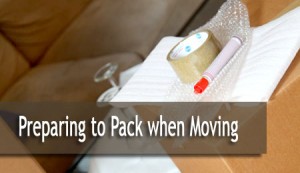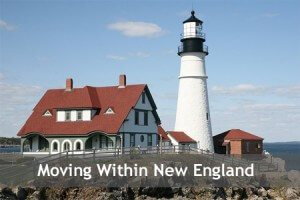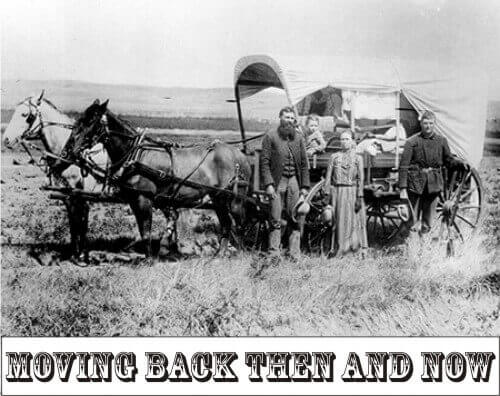
We all have a thing for western movies – they possess this unrivaled adventurous charm that keeps us glued to the screen. Who hasn’t related to those inspiring stories of the Wild West where the fastest gunslinger always survives the shootout and then walks away with the prettiest gal? Who hasn’t aspired to be a handsome tough cowboy or a righteous small town sheriff who deals out justice with his superior shooting skills? And who hasn’t enjoyed the furiously fast and heart-pounding chases of bad guys pursuing the ever-present covered wagons? Those same horse-drawn covered wagons are considered to be the ancestors of the vast variety of moving trucks available today, and the entire conquering of the western territories can be viewed as the first large-scale relocation operation.
The beginning
The origin of the moving industry can be traced back to the US when vast waves of immigrants came to the New World and pushed west in search of new land, new opportunities and new adventures. They would pack their belongings, stack them in the wagons and travel along the trails in groups of 4-5 transportation vehicles so that they could help each other and better protect themselves from attacks by either hungry wild beasts or ill-intentioned humans. Sometimes the settlers’ progress was slowed down by unknown deceases or unforeseen forces of nature, but their desire to relocate in pursuit of their share of happiness proved to be unstoppable.
Influence of railroad industry
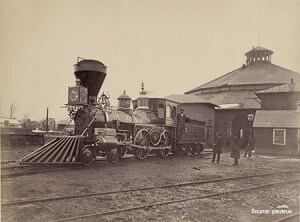
The development of the railroad transport played a major role in the history of the relocation business. In the 1800s it emerged as the main means of transportation in the US which facilitated the cross-country relocation and gave birth to many moving companies that followed loosely the business model of today’s moving industry. Those pioneer firms established their first storage warehouses close to the railroad stations so that it would be much easier to load the goods into the a train car when the train arrived. By that time, the items to be transported had been collected from the settlement and moved to the warehouse with the help of pack animals and wagons. Once the train reached its destination, the same operation was repeated in reversed order – the goods were unloaded into another railway warehouse and then distributed via wagons to each intended receiver. That entire process was organized, supervised and performed by a local “wagon firm”.
Introduction of motor trucks
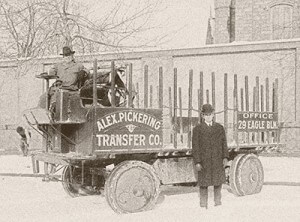
The beginning of 20th century saw the debut of specialized motor trucks, designed with the purpose of moving the personal belongings of enterprising Americans along the growing network of highways in the country. Although the railroad transport was blooming before the break of World War I, those small two-axle trucks, powered by a two cylinder air-cooled engine, were becoming more and more popular. It took an entrepreneur by the name of Ward B. Hiner to catch a glimpse of the future by looking into his crystal ball and to realize the huge potential of the motorized trucks as a means of transporting personal effects. He calculated that it would be more cost-effective to move household items by motor-vans rather than by trains and used his foresight to establish a moving company. That move turned out to be hugely successful, especially after World War I when the government was trying to ease the dependency of railroad transport of goods and people.
World War II Period
The transportation of goods with the help of motor-vans gained substantial popularity just before World War II but the moving companies of that era were faced with another challenge. Due to the fact that the industry was severely fragmented, the small relocation companies had troubles fulfilling the interstate orders on time. Drivers were forced to wait additional time in order to fully fill in their trucks and the resulted delays were not kindly taken by the dissatisfied customers. Naturally, the problem was later solved by the logical implementation of cooperation contracts. The relocation business continued to thrive after the war because of all the soldiers returning home.
Moving industry now
Today the moving industry is a 15 billion dollar business, with approximately 7000 licensed active movers in the U.S.A. and additional 1000 ones in Canada. In the U.S., more than half of the annual moves are done by the top 10 largest moving companies. Wikipedia states that, according to the U.S. Census Bureau, 40 million American households have relocated each year in the last decade.
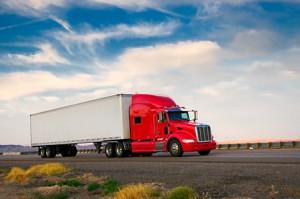
This industry has undeniably benefited from the technological progress – the days of the small two-axle trucks with two-cylinder engines are long gone. At present, the range of transportation vehicles is exceptional: metro vans, city vans, refrigerated city vans, straight trucks, refrigerated trucks, stake trucks, single axle tractors, tandem axle tractors, tandem axle sleepers and more. Add the various types of trailers, towing equipment, moving equipment and GPS units, and you get the idea of how the relocation industry has evolved through the years.
The presented options now are practically limitless – with so many local and national movers, ordering a moving team is simply a few clicks, one phone call or one e-mail message away. Also, detailed information about each mover is easily accessible on the Internet not only through the respective company’s website, but also on specialized pages in the form of customers’ reviews, blog articles, etc. There is no question that the cutting-edge technology of today enables the relocation process to be a pleasant stress-free experience for customers and moving companies alike.
Featured image by Marion Doss
